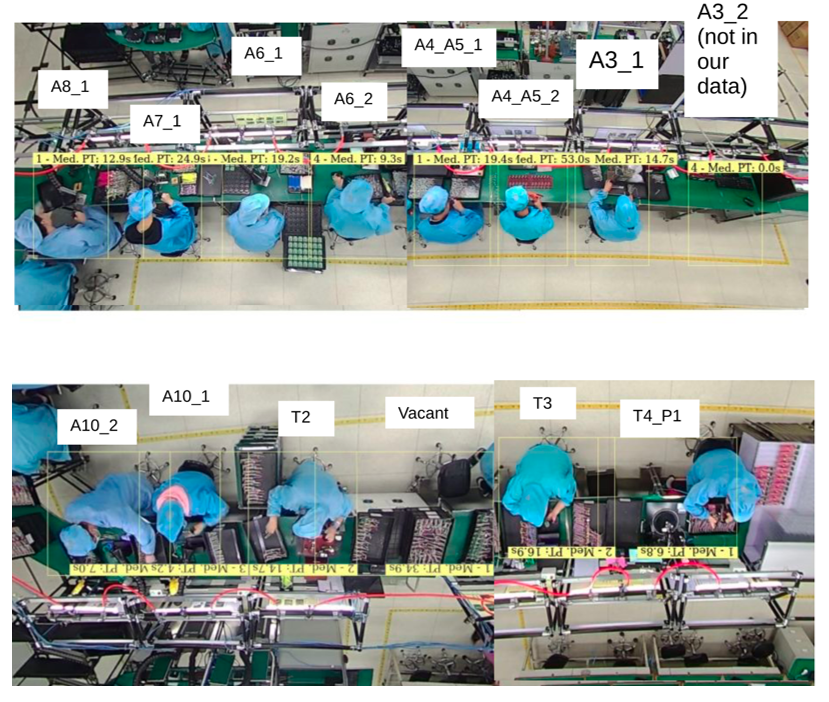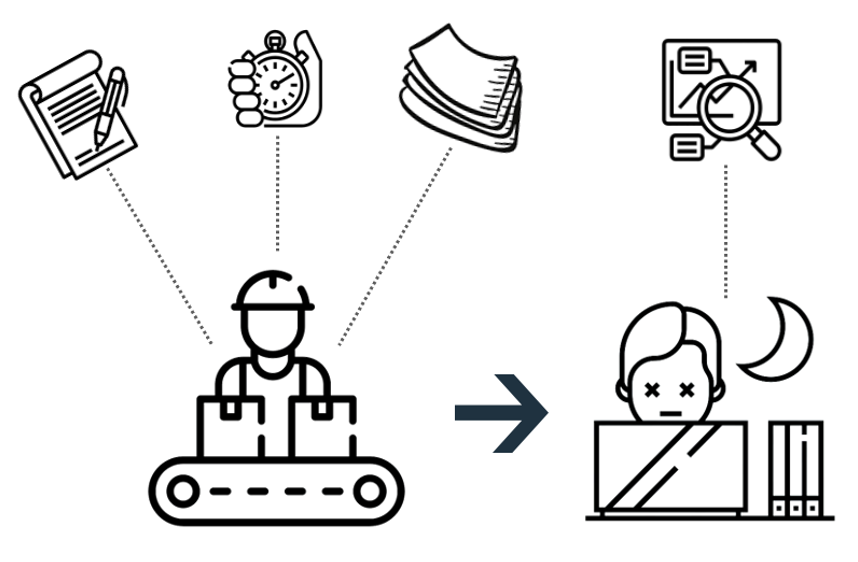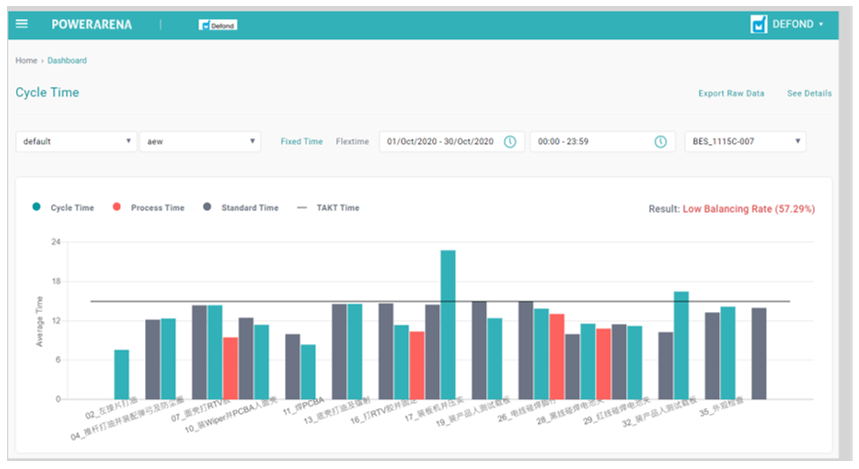Outline:
Purpose of Line Balancing
Key to Achieving Line Balance – Data
Complete Data Collection: Using AI Vision Technology in Production Lines
Case Studies: Achieving Line Balance with AI Vision

Purpose of Line Balancing
Line balancing is crucial for manufacturing operations and is considered a key indicator of production line efficiency. For manufacturing experts, achieving line balance means lowering production costs, reducing waste, and boosting efficiency.
A frequently unbalanced production line results in wasted waiting time and overproduction. On the other hand, it can also lead to "overprocessing.
(source: Lean Math)Unbalanced production lines are the enemy of continuous flow.
For example, in a sequential production line, one operator may finish their task and be forced to wait for the next process, potentially engaging in unnecessary tasks instead of idling.

Key to Achieving Line Balance – Data
A critical element in achieving line balance is identifying and addressing bottlenecks, which requires data.
Traditionally, industrial engineers use stopwatches and manual recording to collect data. In simple terms, the process is entirely manual and highly time-consuming.
Using this method, engineers can only gather 15 minutes of data per month, which represents just 0.03% of the total production data.Complete Data Collection: Using AI Vision Technology in Production Lines
Replacing manual data collection and analysis is where PowerArena’s AI line balancing tool excels. With AI-powered cameras and vision analysis, PowerArena can capture real-time data from every workstation, enabling precise time collection.
Just like in the video above, we capture the processing time and working hours at each workstation in real time and analyze the time required for operators to complete their tasks.

The data collected helps identify bottlenecks and pinpoint areas of imbalance in production lines. This allows industrial engineers to perform root cause analysis based on the data and make adjustments to achieve line balance.
Case Studies: Achieving Line Balance with AI Vision
In labor-intensive electronics assembly lines, human variability is the biggest challenge to optimizing production efficiency.
In this EMS case, the factory noticed production slowdowns during certain periods and operators leaving their workstations for other tasks.
However, without complete production data, they couldn’t assess each step’s efficiency or adjust labor and resources effectively.
The challenge in achieving line balancing comes from too many factors affecting production. Management often overlooks non-value-adding tasks like long wait times, unnecessary movements, or incorrect workflows, which slow down production and create waste.
Previously, industrial engineers struggled to spot bottlenecks through manual inspections.
Now, with AI visual analysis, they can identify inefficiencies, enabling better task assignments, operator training, and tool maintenance, ultimately achieving line balance.
